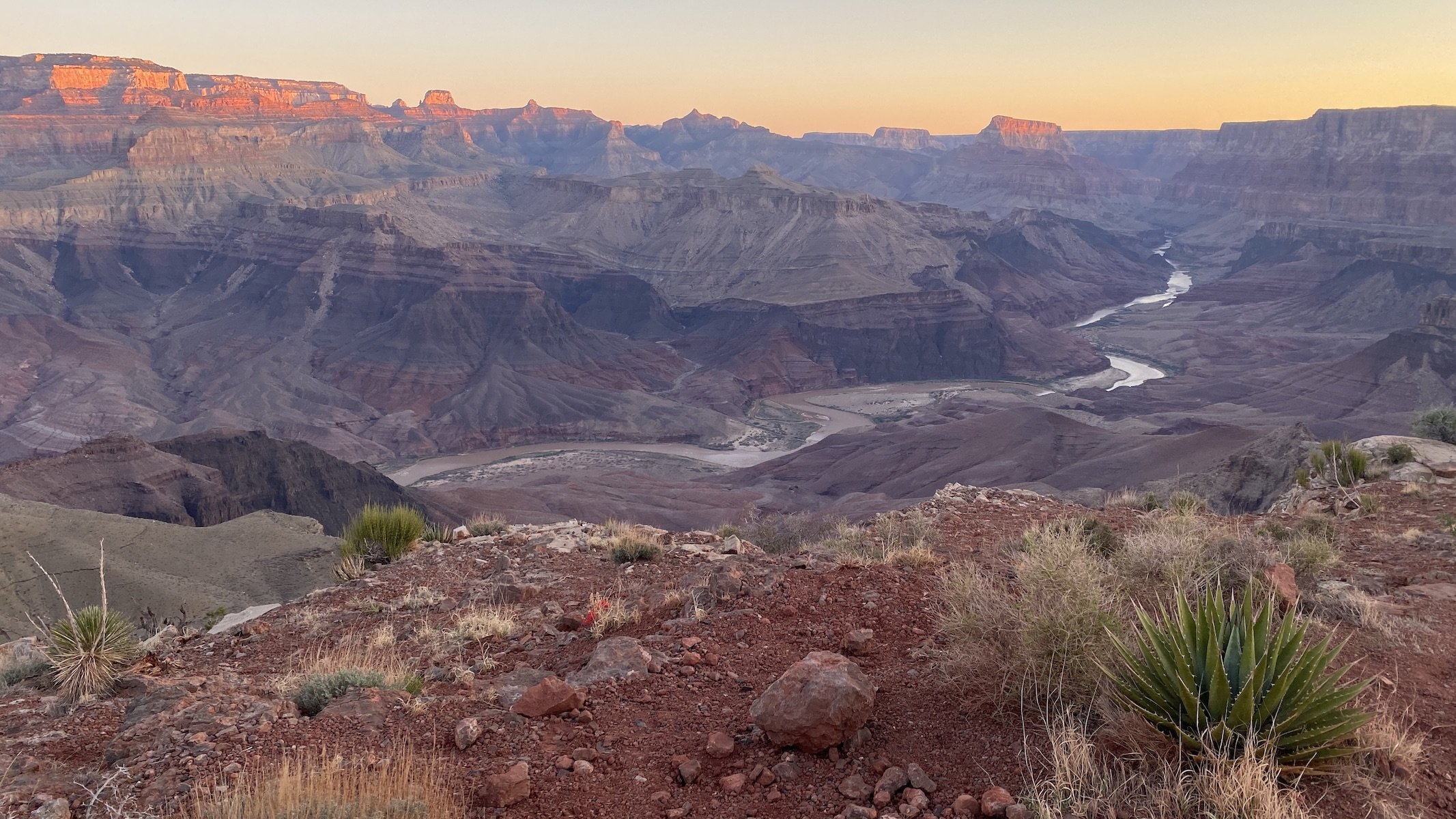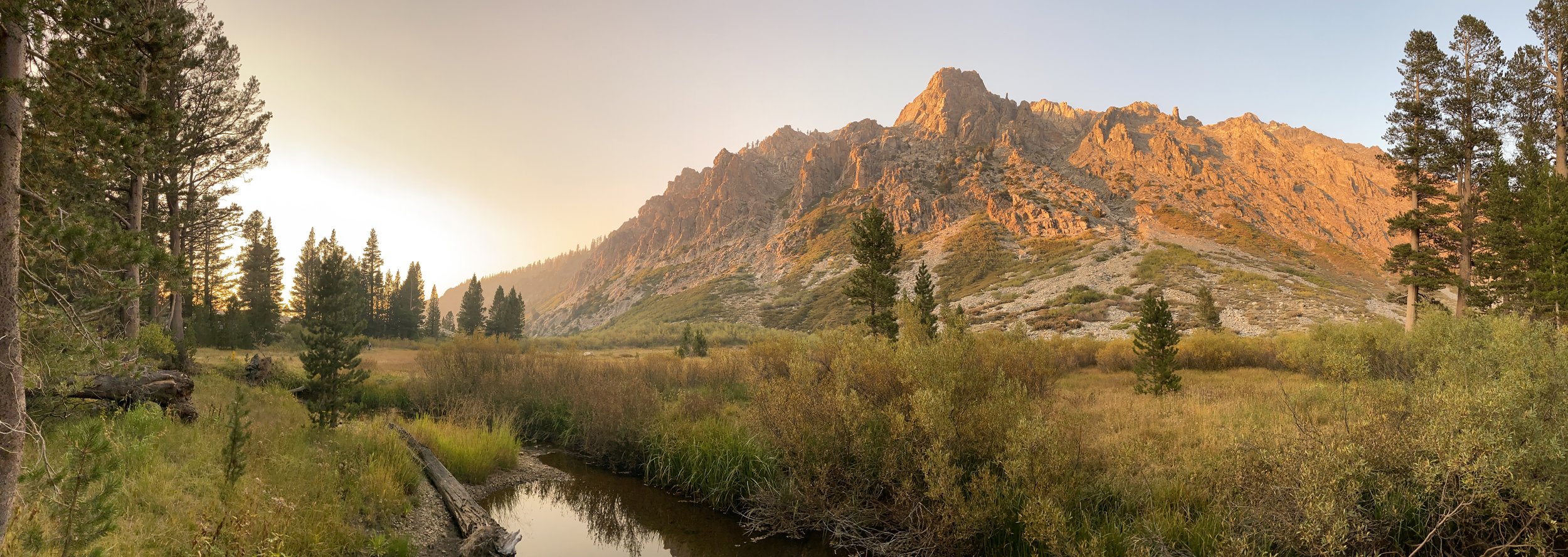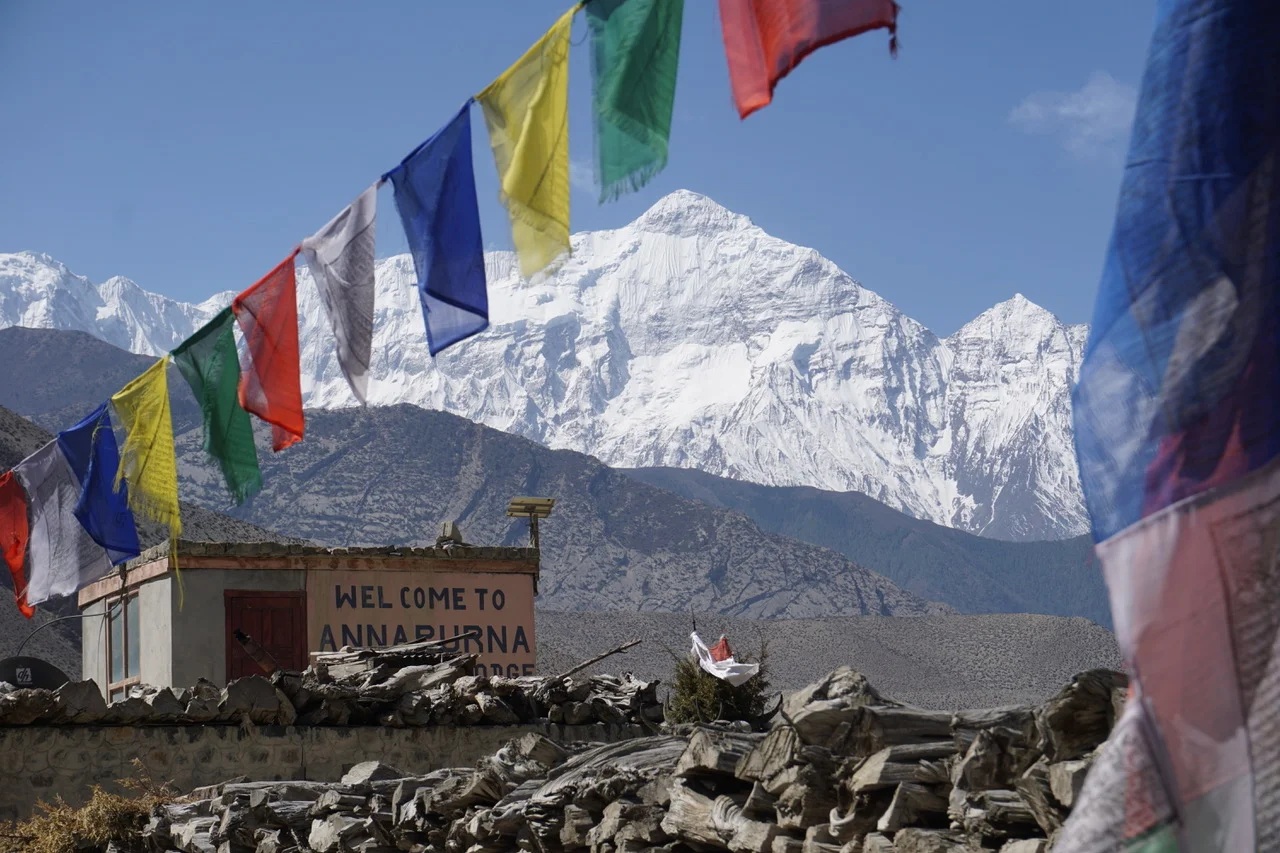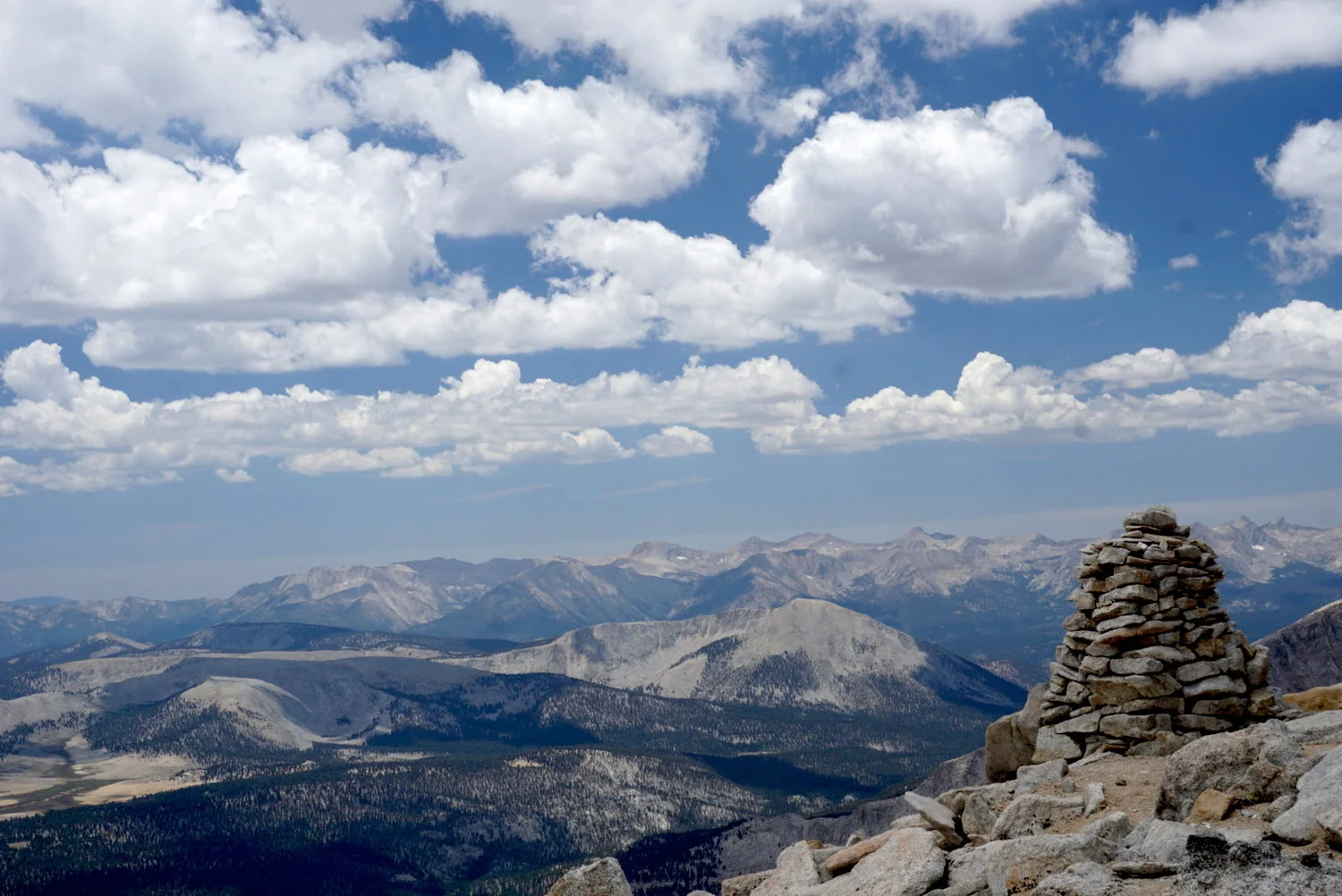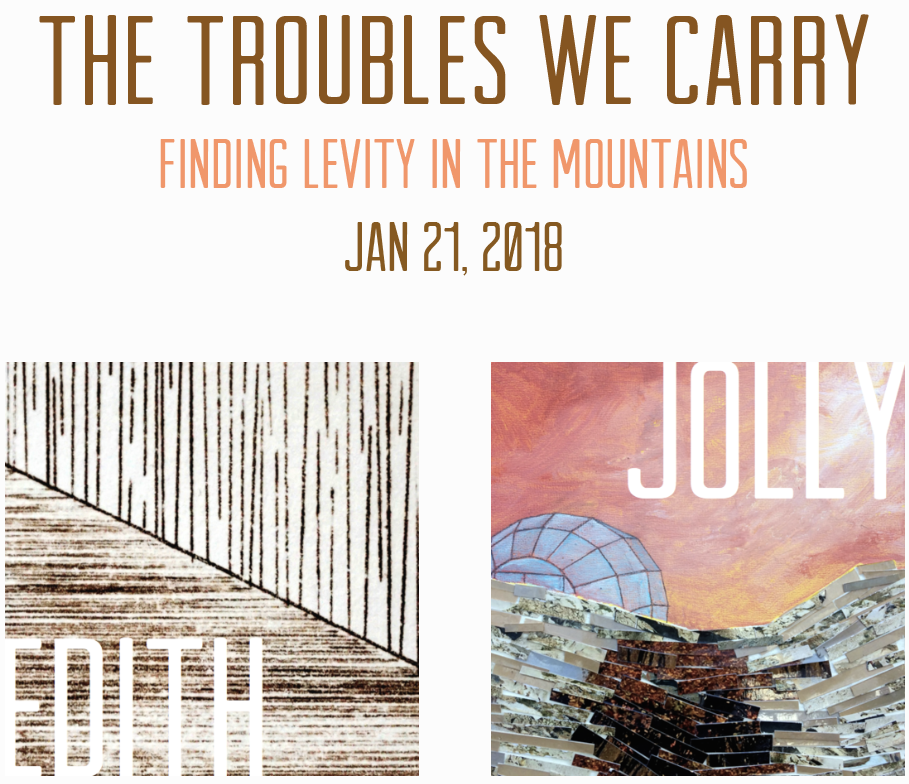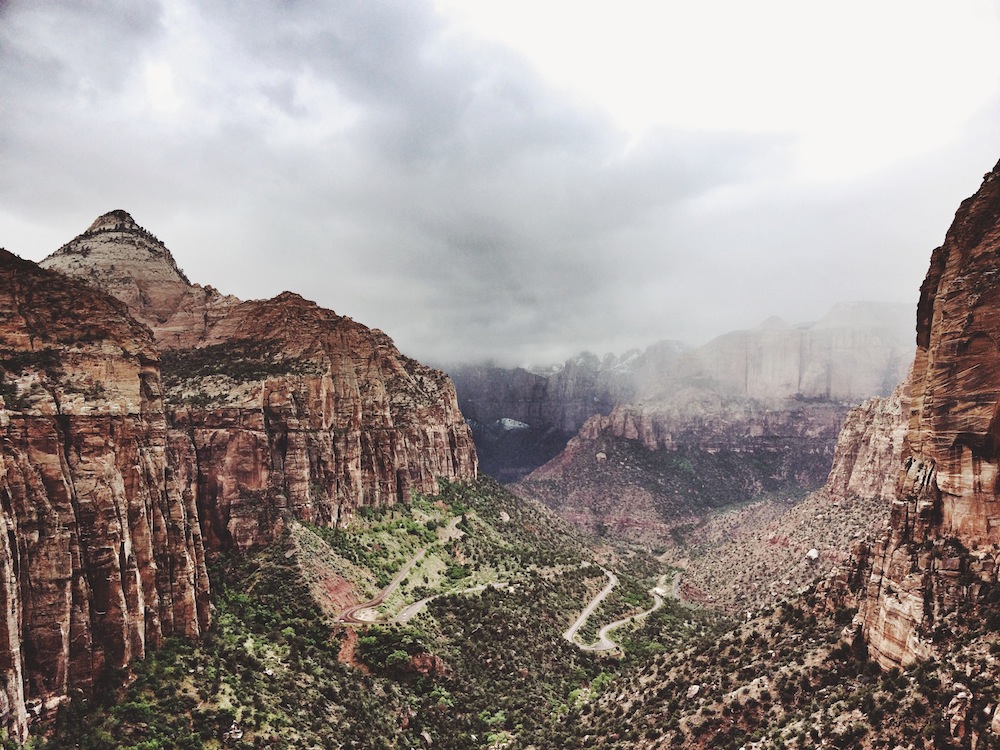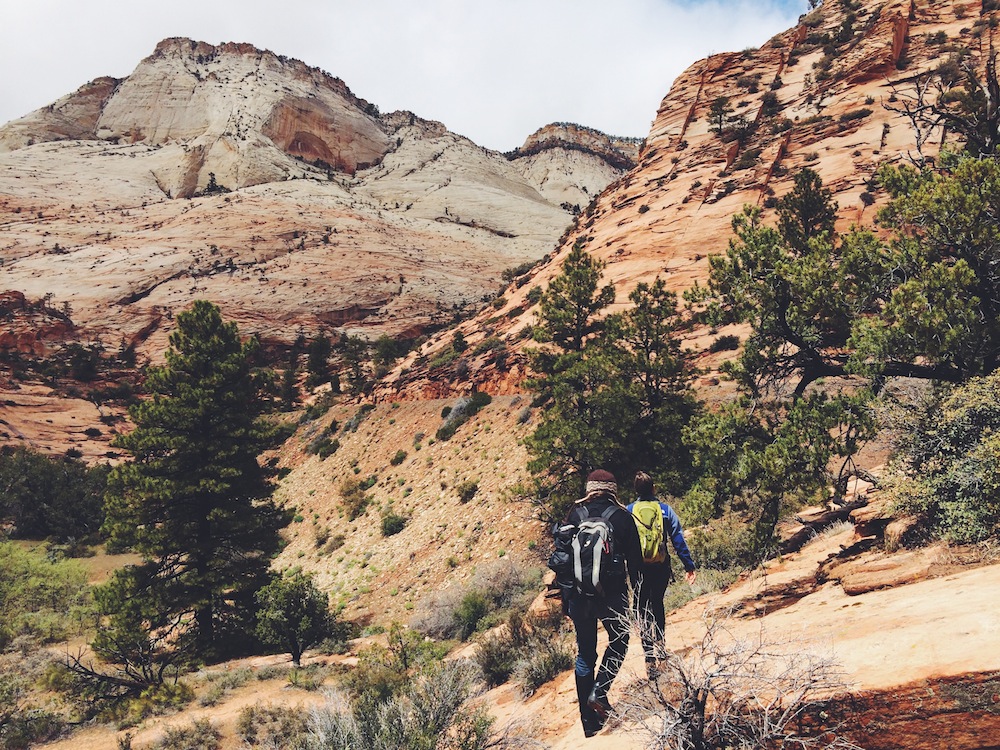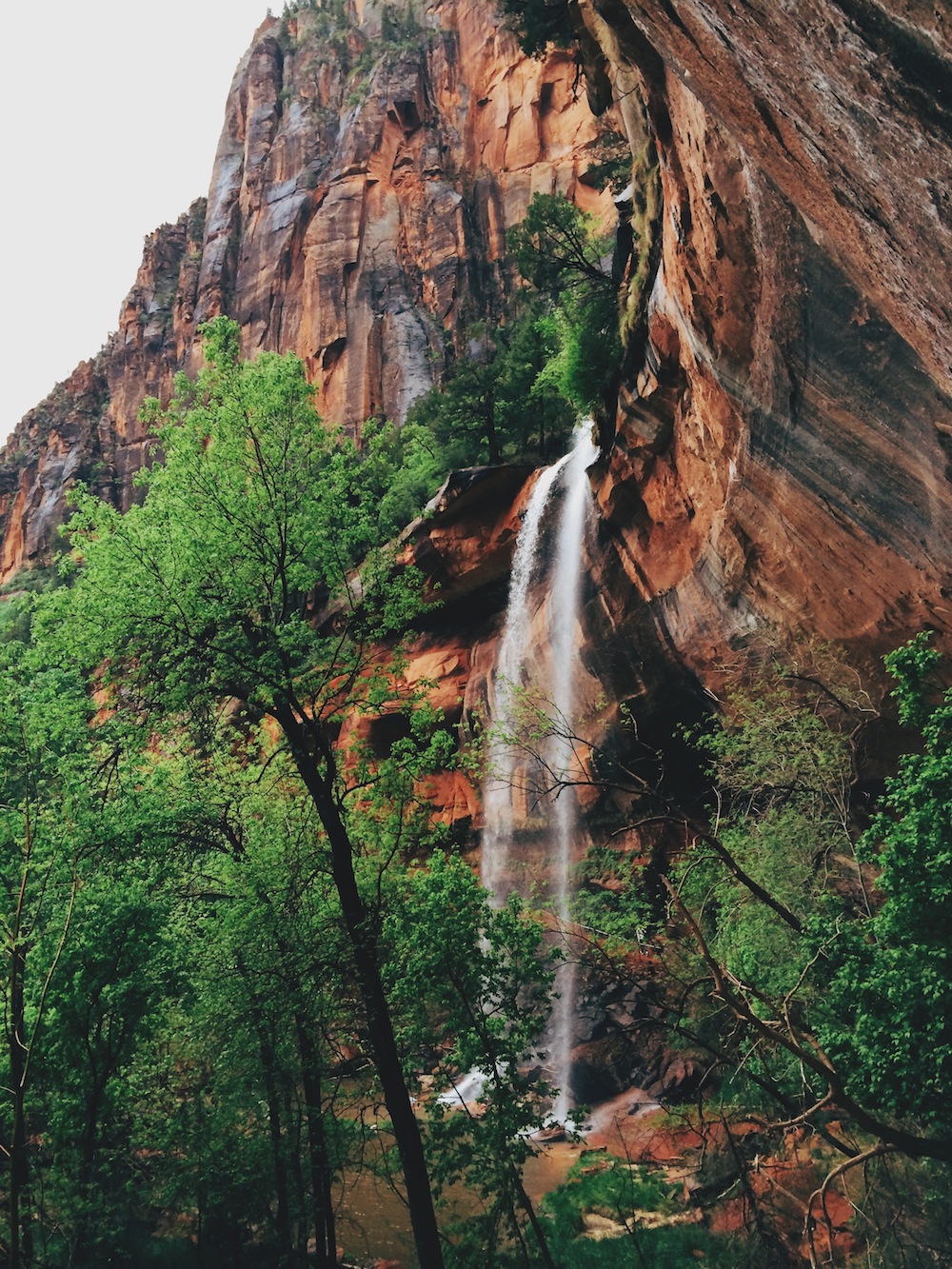After what seemed like a never-ending summer, which started in mid-May and lingered into November, autumn finally arrived in mid-November. In Southern California, this means that desert-exploration season is finally upon us.
Read MoreI'm a buck who believes in the ability of members of different species to transcend their differences. But there are some impulses that are present in other species that I just cannot wrap my furry head around. One of these is the human desire to undertake perfectly irrational pursuits for some intangible psychological reward, and along the way risk one's tail. I thought Homo sapiens were supposed to be a knowing species. But after witnessing E+J's latest harebrained outing (and here I apologize to all hares and members of the genus Lepus), I'm beginning to think that all the knowledge collectively held in this bossy, 7-billion-strong bunch doesn't amount to much.
The idea seemed simple: dayhike up the highest mountain in the contiguous US. But let's break that sentence down.
Read MoreWith summer winding down and higher elevations soon becoming inhospitable and inaccessible, we set out for an impromptu trip to Southern California's tallest peak, San Gorgonio Mountain. "Old Grayback," as it's nicknamed, is in the San Bernardino Mountains and is part of an expansive wilderness (home to many of my deer relatives) about 10 miles southeast of Big Bear Lake and 20 miles northwest of Palm Springs.
There are many different trails to the summit, which is a popular destination with hikers training their legs and lungs for Mt. Whitney. E+J and I did an overnighter and decided the shortest but steepest route was the way to go. But enough of this buck's prose. Following is how E experienced the mountain (as recorded in her travel journal), and how J saw it (in photographs).
Read MoreSummer is the perfect season to visit the Sierra Nevada Mountains. The famous Range of Light, as John Muir called it, is 400 miles long -- from Tehachapi Pass in Kern County to the south, to Fredonyer Pass in Lassen County to the north. The Sierra is home to three national parks (Yosemite, Sequoia and Kings Canyon), 20 wilderness areas, and many notable features, including Lake Tahoe and Mount Whitney (highest point in the contiguous US).
For a buck like me, exploring the Sierra is like going home. Much of the range is mule deer habitat, so traveling around the mountains with E+J didn't turn any heads -- though I did have to pack away my smoking jacket for this trip.
Read MoreThough I'm a mule deer by birth, at heart I'm a desert rat. That is to say that, while I would never trade the life-sustaining bounty that the oak woodlands and chaparral-covered mountains of my home provide, if given the chance to saunter off to an unknown place for a few days, I will gladly choose a desert landscape. What is it about these arid lands that draws me in? In part, it's the elegant simplicity of the landscape -- no towering trees, no verdant, superfluous overgrowth under every fallen log, no view obscured by heavy fog. In the desert, an invisible hand seems responsible for placing each rock and plant just exactly where it belongs, like a sparsely choreographed dance forever fixed in place. But what calls me to the desert even more is the simple fact that every living thing there has an innate will to live that's stronger than anywhere else.
Lucky for me, E+J share a similar curiosity for the desert. And so we found ourselves exploring a few less-traveled corners of the Colorado Desert of Southern California over Memorial Day weekend.
Read MoreEdith, Jolly and I found ourselves visiting two Southwest canyons in the Colorado Plateau this time: Zion National Park, in southwestern Utah, and Grand Canyon, in northern Arizona. In Zion, one looks up the canyon walls, while at the Grand Canyon one looks down into the landscape. I absolutely love traveling in this part of the country, because no one ever gives a second look when they see a buck roaming around. There are plenty of other native mule deer around to distract the bipeds.
Read MoreJoshua Tree and Death Valley national parks are two of California's best-known desert parks. But there is a third lesser-known destination that blends much of the beauty of the two and provides vast open spaces with far fewer people. Welcome to Mojave National Preserve, where 1.6 million acres of other-worldly rock formations, singing sand dunes, volcanic cinder cones and the world's densest Joshua tree woodland await.
Read More





